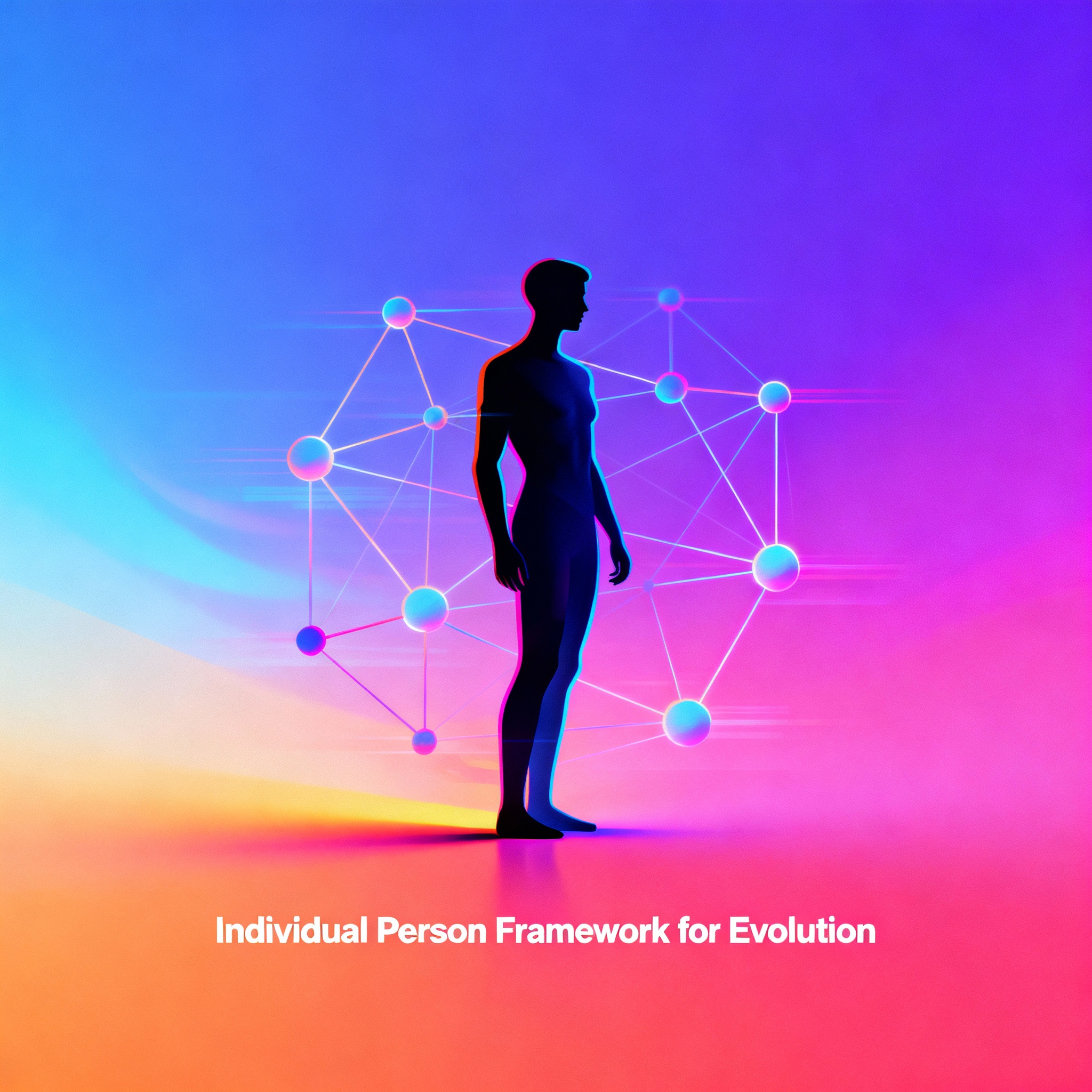Individual Person Framework for Evolution

Introduction to the Individual Person Framework in Evolution
The concept of individuality plays a crucial role in evolutionary theory, as it defines the units upon which selection acts. Traditionally, evolutionary theory has focused on Darwinian individuals, which are entities that reproduce, vary, and compete, thereby influencing their fitness and the fitness of their offspring[3]. However, understanding how individuality itself evolves is a complex task that involves examining the transitions from lower-level to higher-level entities, such as from unicellular to multicellular organisms[2].
This article will explore the theoretical frameworks and mechanisms that underlie the evolution of individuality, particularly focusing on the concept of an "individual person" within the broader context of evolutionary theory.
Evolutionary Transitions in Individuality
Evolutionary transitions in individuality involve the process by which lower-level entities, such as cells or organisms, become integrated into higher-level ones, such as multicellular organisms or colonies. These transitions are critical because they create new evolutionary units upon which natural selection can act[2].
Key Mechanisms
Individuating Mechanisms: These are essential for the emergence of higher-level individuals. They can stem from environmental constraints, population structure, and ancestral life cycles, and often involve features of natural history and biochemistry that mediate conflicts between different parts of the evolving entity[1].
Functional Interdependence: As lower-level units become integrated, they may develop new functional dependencies, such as division of labor or shared resource management, which enhance the fitness of the higher-level entity[2].
Reproductive Specialization: Changes in reproductive structures, such as the sequestration of a germ line, can ensure that the higher-level entity reproduces as a unit, further solidifying its status as an evolutionary individual[2].
Connectionist Models: These models, inspired by neural network learning principles, suggest that distributed and unsupervised learning can explain how component parts become organized into a coherent higher-level entity without requiring centralized control or genetically related units[2].
The Concept of an "Individual Person"
In the context of evolution, an individual person is typically understood as a biological entity with a defined set of characteristics and boundaries. However, the concept becomes more nuanced when considering complex systems like multicellular organisms or even ecosystems, where individuality is not as clearly defined[3].
Challenges in Defining Individuality
Reproductive vs. Physiological Individuals: Traditionally, evolutionary individuals are seen as reproductive units with differential fitness. However, physiological individuals—entities that share a common metabolic system—may not always align with these reproductive units, especially in cases like holobionts, which are composed of multiple lineages[3].
Integration and Emergence: The evolution of individuality often involves the integration of parts into a whole, where the properties of the whole cannot be fully explained by the properties of its parts alone. This emergent nature of individuality presents challenges in defining and understanding individual persons within evolutionary frameworks[2].
Conclusion
The individual person framework in evolution highlights the complex processes by which lower-level entities become integrated into higher-level ones, creating new evolutionary units. Understanding these transitions requires a deep exploration of mechanisms like individuation, functional interdependence, and connectionist models. As our understanding of biological complexity evolves, so does our ability to conceptualize individuality in diverse contexts, from multicellular organisms to ecosystems.
This framework not only enriches our knowledge of evolutionary processes but also prompts philosophical reflections on what constitutes an individual in biology, challenging traditional notions and inviting continued exploration of the dynamic nature of life.
Comments
Post a Comment